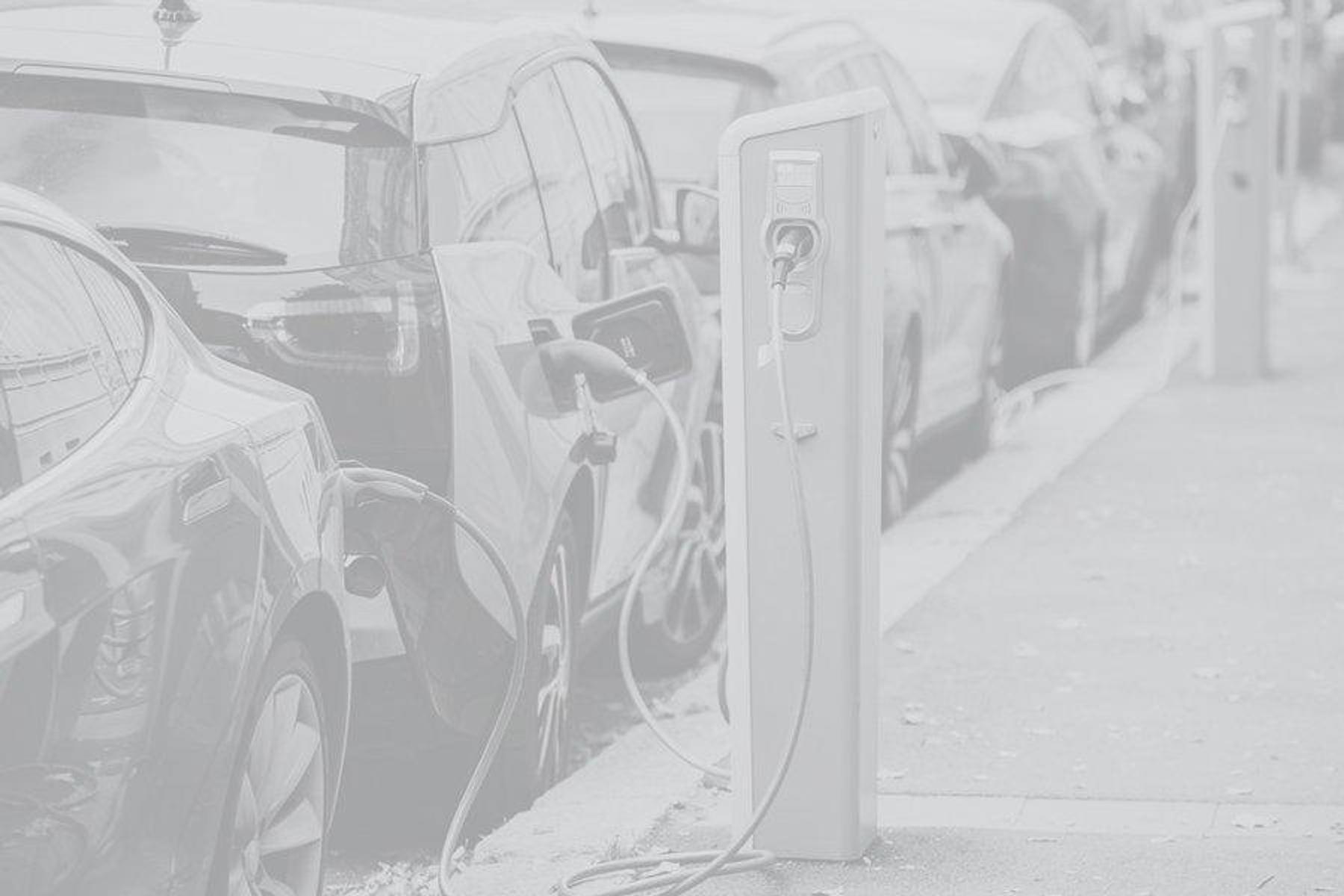When it comes to new technologies, 180-degree turns are not uncommon. Tony Seba provided a striking example by juxtaposing two pictures of the same street: around the year 1900, one car amid horses and carriages seemed like the odd man out — but only a decade later, cars crowded the street, and you could barely discern the last horse and carriage left.
At the moment, the electrification of mobility is going through a similar development. And it's time to prepare for change. But is your investment calendar sufficiently geared to electrification?
Electric vehicles: the most logical choice
Electric passenger cars are getting more popular. Now that we've overcome the main growing pains — such as high costs and insufficient charging points — an electric vehicle is increasingly the most logical choice. It comes with considerable benefits: a lower total cost of ownership, a better performance, and a low CO2 footprint. On top of that, the offer keeps growing, so we can choose from more and more vehicle types.
And although commercial vans (package delivery vehicles) aren't yet in the same place, they, too, are upcoming. The same goes for electric lorries, which are increasingly used for long-distance routes.
Briefly put, electrification is on the rise. What does that mean for your organization's investment calendar?
Electrification is here to stay
As vehicles are usually long-term investments, it's time to anticipate. If you buy a vehicle today, you'll probably want to sell it in five to 10 years. And that's never been a problem. But with electrification gaining ground, it's important to consider a vehicle’s resale value now if you want to sell a fossil fuel car in a few years.
It's wise to take significant developments in other fields into account as well. Vattenfall, for instance, is starting to use electric boilers for district heating in its Germany-based power plants. On top of that, it plans on building Europe's largest E-boiler in Amsterdam soon. And here’s another example: ECN/TNO works on heat pumps for higher temperature ranges that will be used in industrial heating processes.
Although some fields are further along than others, we can observe an overall trend: electrification is here to stay, and it's expanding at a rapid pace.
The all-important question
Here's what is crucial to remember in this context: an electric car’s total cost of ownership is lower than the running cost of its fossil fuel equivalent, and its initial disadvantages are rapidly disappearing. So, people will increasingly embrace the electrification of mobility.
With that in mind, ask yourself the following question: Can you wait another five to 10 years before switching to electric, or should you take the leap now and opt for the electric version when your equipment needs replacement?

